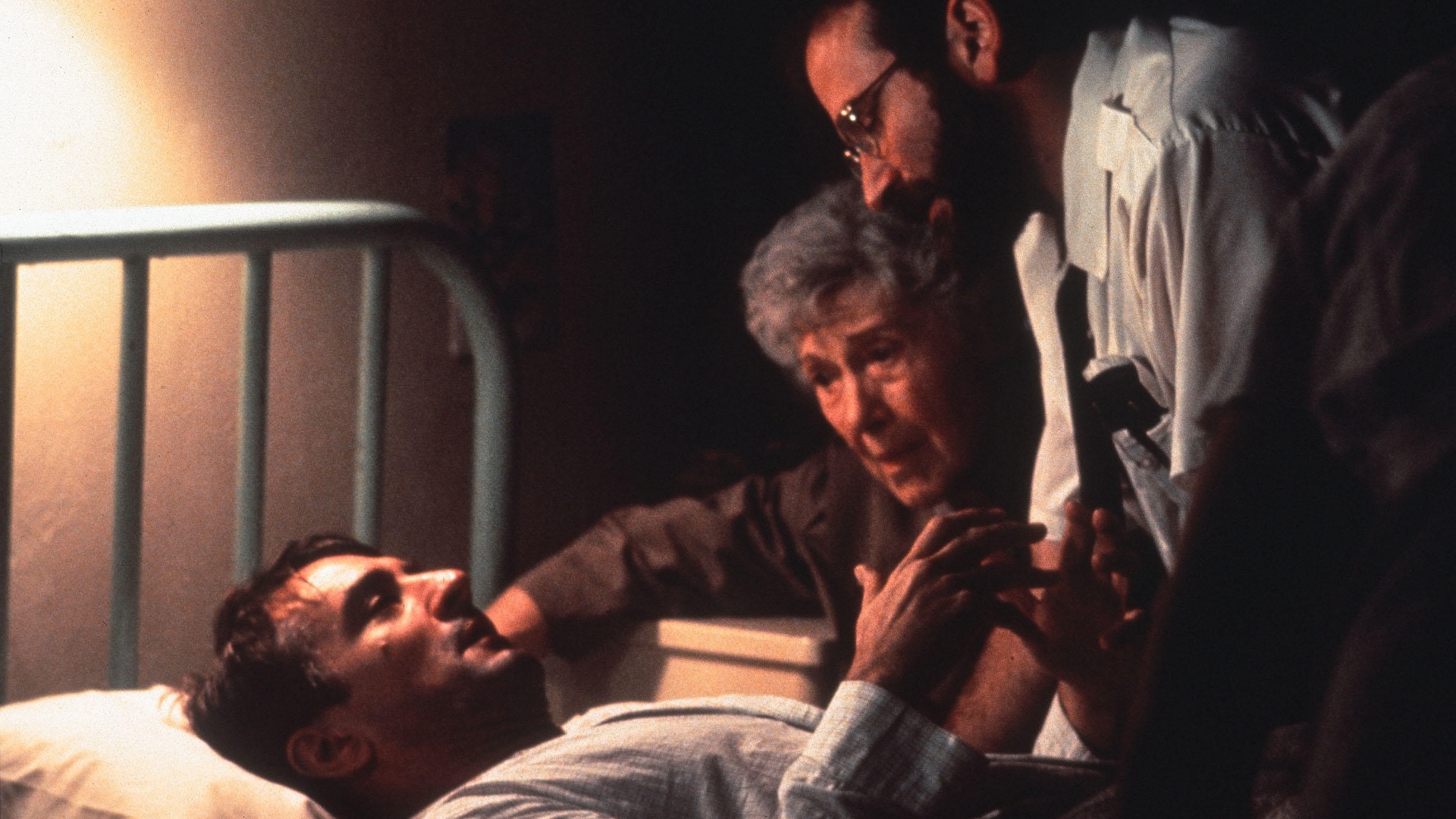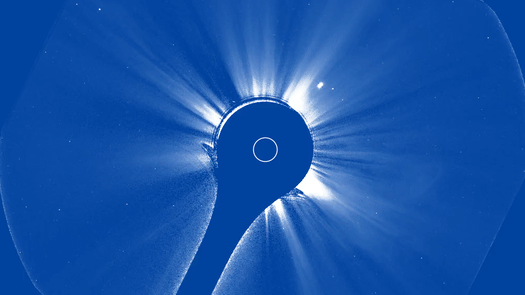Electronics, Vol. 12, Pages 2494: Downlink Training Sequence Design Based on Waterfilling Solution for Low-Latency FDD Massive MIMO Communications Systems
Electronics doi: 10.3390/electronics12112494
Authors: Marwah Abdulrazzaq Naser Alaa M. Abdul-Hadi Muntadher Alsabah Basheera M. Mahmmod Ammar Majeed Sadiq H. Abdulhussain
Future generations of wireless communications systems are expected to evolve toward allowing massive ubiquitous connectivity and achieving ultra-reliable and low-latency communications (URLLC) with extremely high data rates. Massive multiple-input multiple-output (m-MIMO) is a crucial transmission technique to fulfill the demands of high data rates in the upcoming wireless systems. However, obtaining a downlink (DL) training sequence (TS) that is feasible for fast channel estimation, i.e., meeting the low-latency communications required by future generations of wireless systems, in m-MIMO with frequency-division-duplex (FDD) when users have different channel correlations is very challenging. Therefore, a low-complexity solution for designing the DL training sequences to maximize the achievable sum rate of FDD systems with limited channel coherence time (CCT) is proposed using a waterfilling power allocation method. This achievable sum rate maximization is achieved using sequences produced from a summation of the user’s covariance matrices and then applying a waterfilling power allocation method to the obtained low-complexity training sequence. The results show that the proposed TS outperforms the existing methods in the medium and high SNR regimes while reducing computational complexity. The obtained results signify the proposed TS’s feasibility for practical consideration compared with the existing DL training sequence designs.

 1 year ago
27
1 year ago
27


